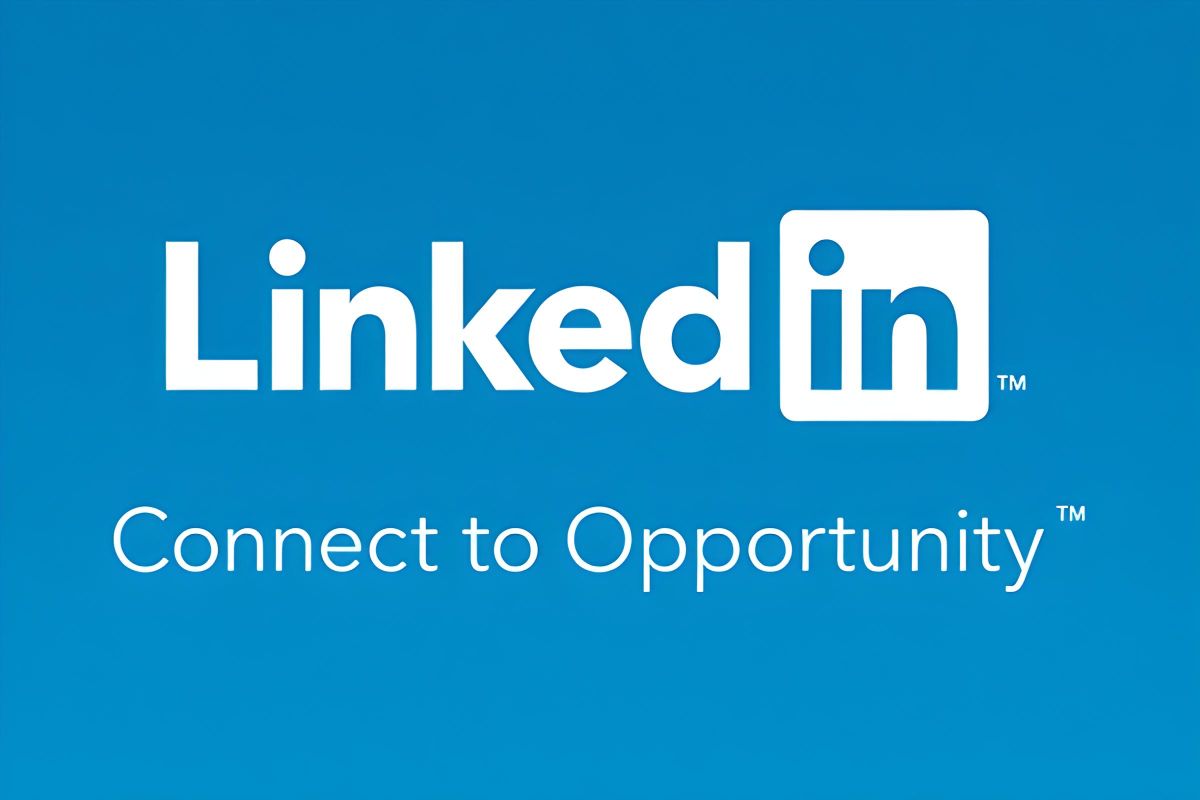Feeding Washington: Facing food insecurity head on
A Seattle father was working hard as a rideshare driver, making a decent living, thinking he left deprivation behind long ago in Afghanistan. But when the novel coronavirus pandemic hit the region in March, his income vanished. His family began rationing food, trying to ensure they could continue to eat.
COVID-19 left many families across the region wondering when, or if, their next meal would come. By April 2020, 1.6 million people across Washington state were affected by this crisis, and lines continued to grow at food banks and food pantries. Up to one-third of Washington’s population is now food insecure, according to a survey carried out by Washington State University, the University of Washington and Tacoma Community College — at least 2.2 million people.
But communities and nonprofits are responding with resources. The Seattle father discovered the Afghan Health Initiative, one of the more than two dozen agencies connected with the Community Food Fund. In September, the City of Seattle and United Way of King County started the $1 million Community Food Fund to address food insecurity in communities most impacted by COVID-19, including Black, Indigenous and other people of color, as well as immigrant and refugee communities.
“With the help he received, he was able to stop rationing food for his family, especially his children,” says Gordon McHenry, CEO United Way of King County, a nonprofit working to pool efforts in support for charitable organizations. “He said it was difficult for them to experience hunger again — this time in the U.S. — and was grateful for the assistance.”
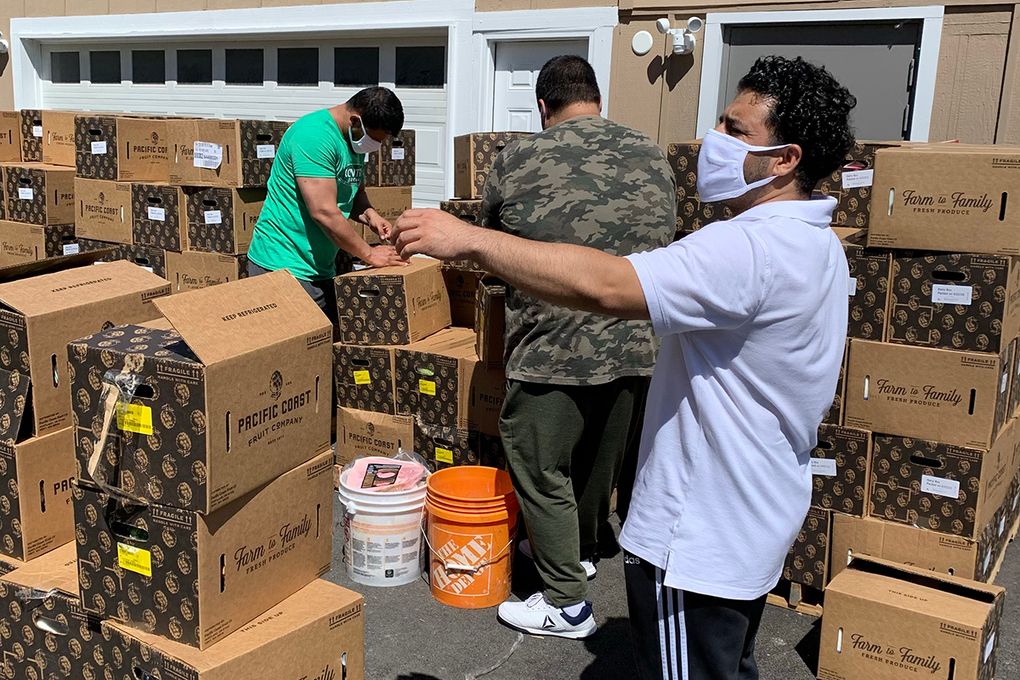
That’s because organizations, businesses and individuals are stepping forward, setting the table for Washingtonians by providing money, time, food supply, and old-fashioned problem-solving.
Since March, United Way of King County’s Community Relief Fund has delivered $800 emergency food vouchers to 1,800 households. The fund helped 135-plus AmeriCorps members team up with community partners to provide meals for 30,000 children daily and 3,500 homes per week.
The Seattle Foundation, among the oldest and largest community foundations in the region, launched the COVID-19 Response Fund in early March to respond to immediate needs, including food insecurity.
Philanthropy Northwest worked with Governor Jay Inslee to set up WA Food Fund to raise money for food assistance programs like Northwest Harvest, one of the state’s hunger relief agencies. Employees and companies are chipping in, too. Microsoft employees donated more than $725,000 to the WA Food Fund, which Microsoft then matched dollar-for-dollar as part of its Employee Giving Program.
One sign of success: In the past seven months, Northwest Harvest has distributed nearly 800,000 emergency food boxes to families in need.

Shifting strategies
People queue up in Northwest Harvest’s Sodo Market courtyard, then speak with a volunteer at a plexiglass window to choose from fresh produce, shelf-stable foods, ready-to-eat meals — or even get essential goods like baby supplies and face masks.
In a typical year, Northwest Harvest provides an average of two million meals per month through a statewide network of 375 food banks, meal programs, and high-needs schools. The partner food programs are a diverse mix of hot-meal sites, food banks and pop-up food banks, mobile food pantries and free restaurants.
In response to the pandemic, Northwest Harvest had to change and increase distribution. For example, Northwest Harvest’s Sodo Community Market converted from a grocery store-style layout to a grocery bag pickup location, which minimized waits and reduced risks for customers, staff and volunteers.
Since the pandemic’s start, Northwest Harvest’s Market location has provided groceries to more than 1,500 individuals and families weekly. Northwest Harvest also delivered nearly 500,000 ready-to-eat meals and shelf-stable meal boxes to dozens of community locations throughout King, Pierce, Yakima and Spokane counties.
For Thomas Reynolds, CEO of Northwest Harvest, it is a community effort. “The outpouring of financial donations has been awe-inspiring,” Reynolds says. “People continue to contact us to ask how they can help.”
Similarly, Hopelink is a nonprofit serving homeless and low-income individuals — clients at a higher risk of infection, so prioritizing safety is a crucial responsibility. Hopelink, which provides food services in North and East King County and transportation services in King and Snohomish Counties, responded to the pandemic in March by closing centers to the public and redesigned physical layouts and processes to better serve their community.
The organization also switched its grocery store-style layout to prepacked boxes to minimize contact. Each holds enough food for at least 21 meals, including fresh and shelf-stable foods such as peanut butter, rice, beans, tuna and cereal.
To reduce infection risks, Hopelink temporarily suspended food donations — including those from grocery stores — which had composed 80% of their distributed food before the pandemic. Now rebuilding their donation program, the organization is abundantly cautious and isolates shelf-stable donations until they are safe to distribute.
In total, Hopelink has provided roughly 2.2 million meals to 15,436 clients since March.
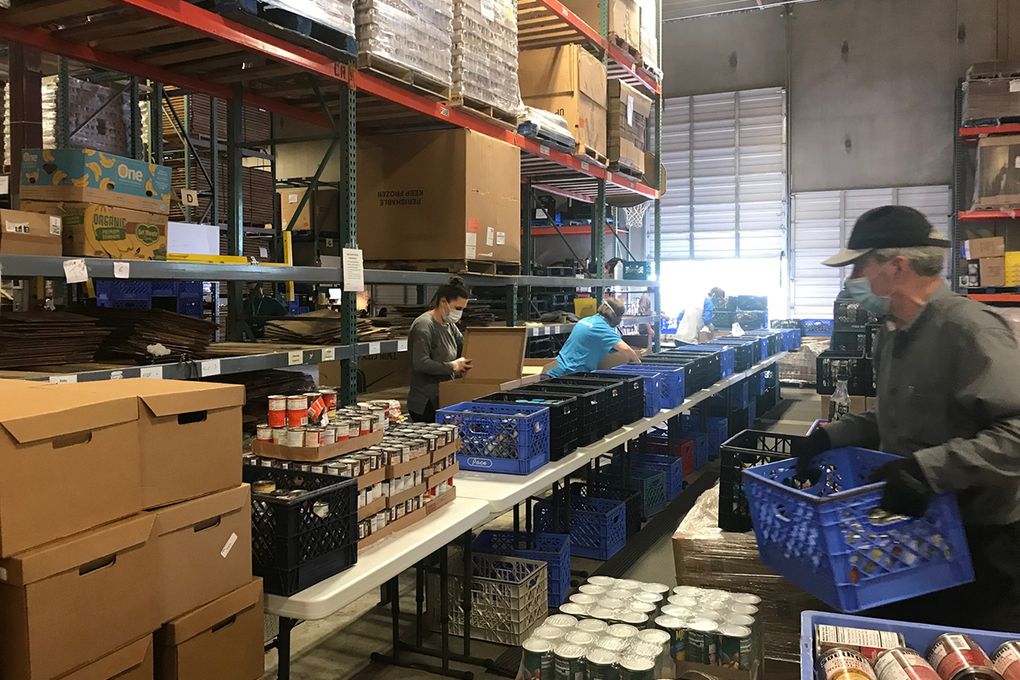
Food and justice
“The COVID-19 pandemic has underscored tremendous inequities in our communities, disproportionately impacting the health of Black, Brown and Indigenous people, fueling job loss and food insecurity,” says Reynolds.
Food security includes not just having access to food — but the right food, for your age, culture, religion and nutritional needs. In April, Seattle Foundation granted $850,000 to 15 organizations combating food insecurity due to an inability to access culturally specific food or food for religious observance.
For example, Seattle Foundation grantees Somali Parents Education Board and Tukwila Children’s Foundation organized and helped distribute food for the Muslim community during Ramadan.
“I’m deeply inspired by our partner organizations working on the front lines every day to ensure that people have the resources they need to not just survive but thrive,” says Tony Mestres, president and CEO, Seattle Foundation. “Their energy and ingenuity are boundless.”
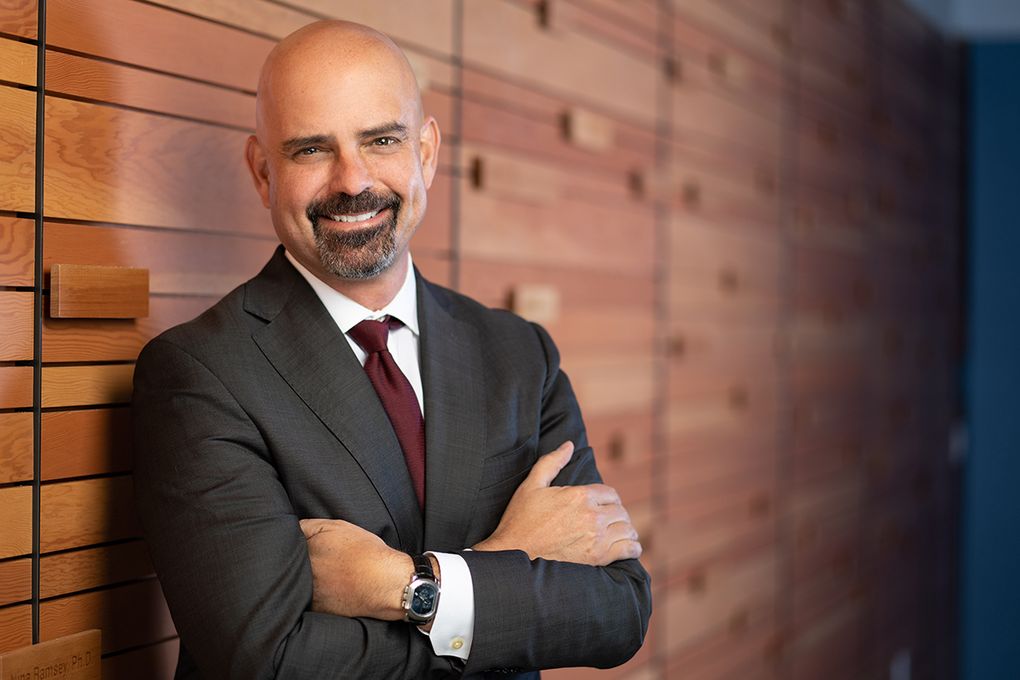
Food insecurity can also result from limited transportation, few supermarkets or longer distances to stores — for example, if someone lives in a rural area, deals with chronic disease, or must ride multiple buses to reach a neighborhood with healthy food.
Sometimes, that means bringing food to individuals, particularly during the pandemic, when travel may be further restricted. United Way’s Community Relief Fund ensures the right food gets into empty cabinets, thanks to an innovative partnership. DoorDash drivers pick up essential groceries and culturally appropriate foods from Safeway, then delivers the food to more than 3,000 King County households per week — about 69% of the households belong to people of color.
Hopelink’s Mobile Market truck has delivered food around King County since June 2019. To respond to ever-changing community needs during the pandemic, the truck heads to places such as the Woodinville Library, Bothell Senior Center and Lake Hills Elementary, delivering produce, dairy, bread, frozen food and more.
“In the midst of the most challenging year of our lives, I’ve seen extraordinary generosity from people giving to their neighbors, from first-time donors, the bread-bakers, the mask-crafters, and those who have given for many years,” says Lauren Thomas, CEO of Hopelink.
And in Southwest Washington, homebound older adults are fed thanks to meals cooked by Lewis County Seniors, and delivered by Twin Transit Authority, in partnership with United Way of Lewis County and with Northwest Harvest grants.
Community comes together
Across the state, unlikely community partnerships are helping thousands stay on their feet. In Spokane, Northwest Harvest’s partner organizations connected families in need of emergency food. The organizations hired restaurant talent to cook meals, and refugee workers to deliver food, providing 10,000 meals in less than three weeks. In May, The Junior League of Yakima raised more than $3,000 for Northwest Harvest by hosting a first-ever Virtual 5K Walk/Run/Jog/Bike-A-Thon—equivalent to well over 13,000 meals.
“We live in a community that is compassionate, generous and responsive to calls for action,” United Way’s McHenry Jr. says. “The support we and our nonprofit partners are receiving in the most challenging of times gives me hope.”
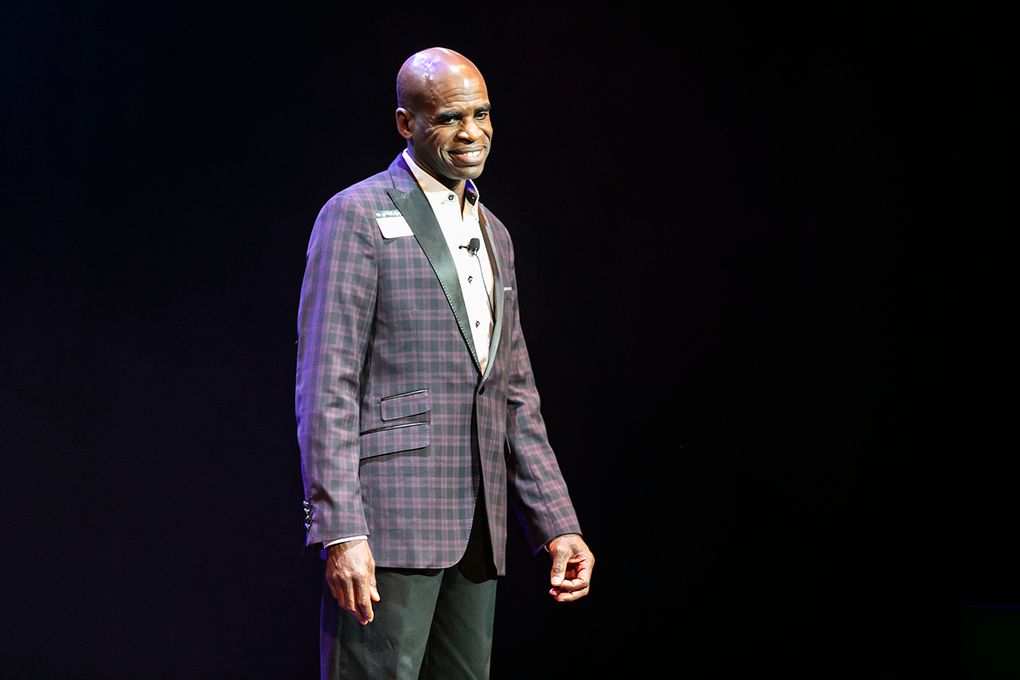
Nowhere is this belief clearer than in Seattle Foundation’s COVID-19 Response Fund. More than 6,300 donors ultimately came together to donate $36.5 million and counting, all of which will help the Puget Sound region’s most vulnerable workers and families.
“The needs facing our community are great, but we know that the generosity of our community is greater,” Mestres says.
At Microsoft, we believe in a future where every person has the skills, knowledge and opportunities to achieve more. We’re committed to empowering people, communities and organizations around the globe in our effort to ensure an inclusive economic recovery.




